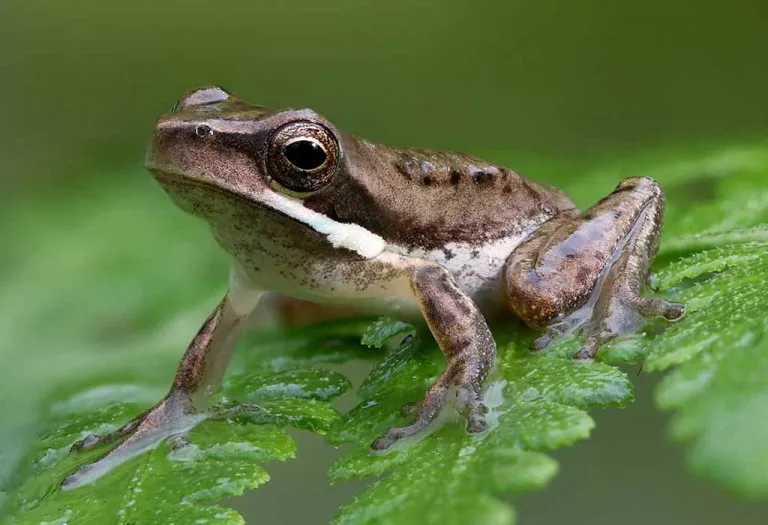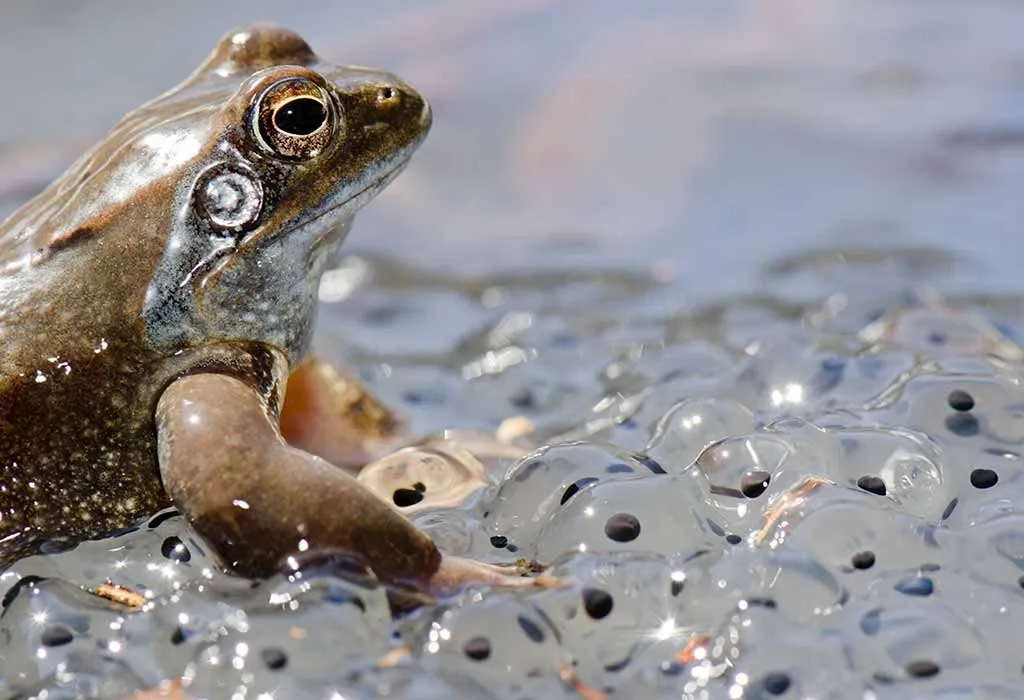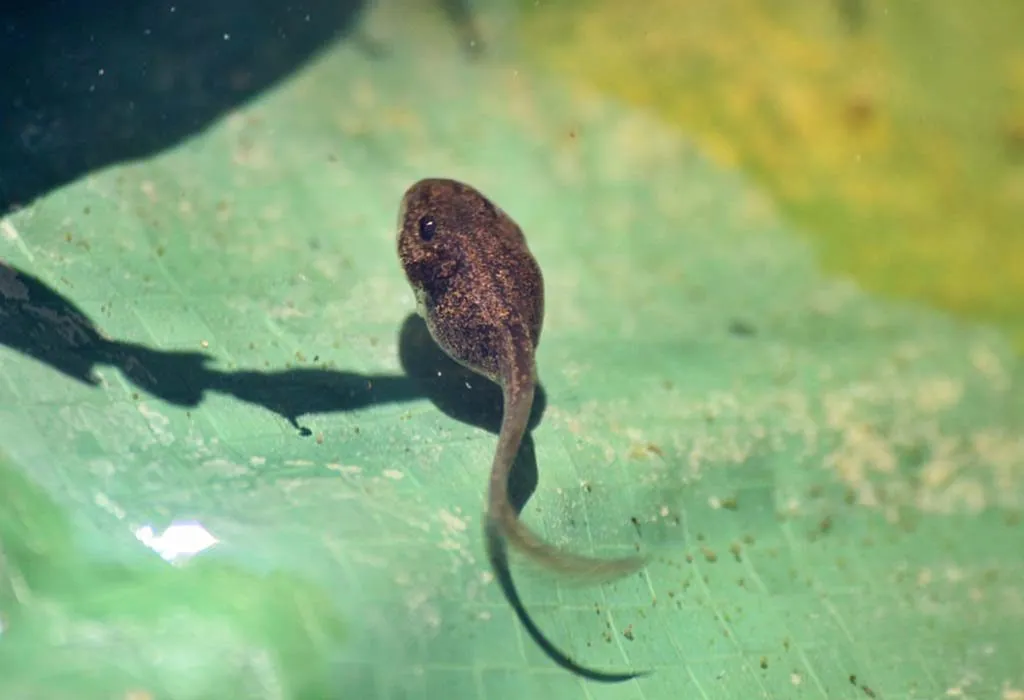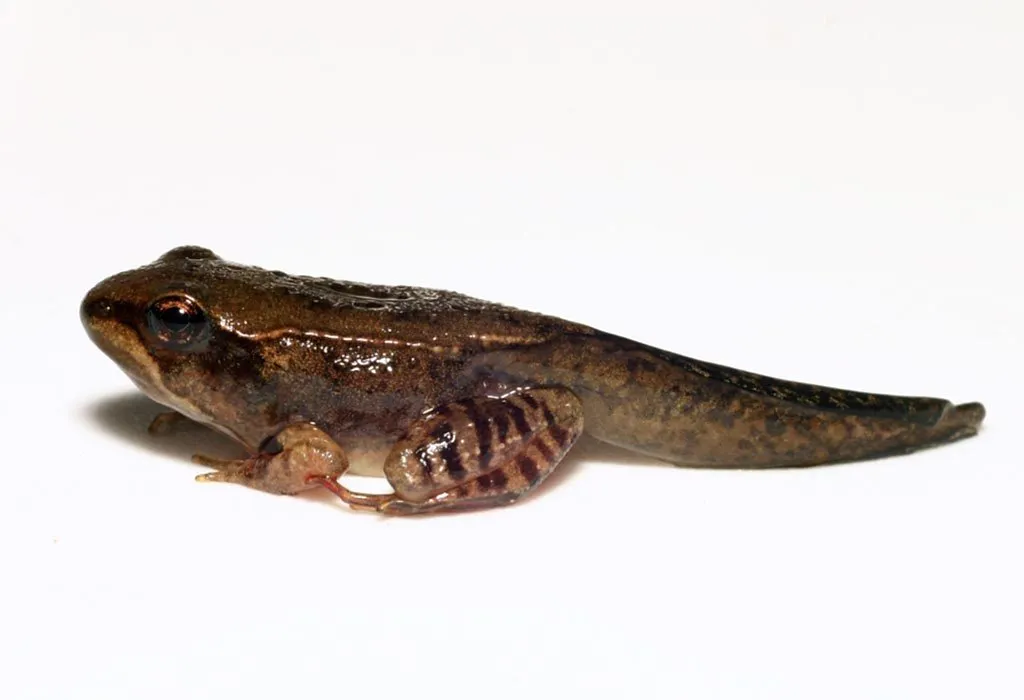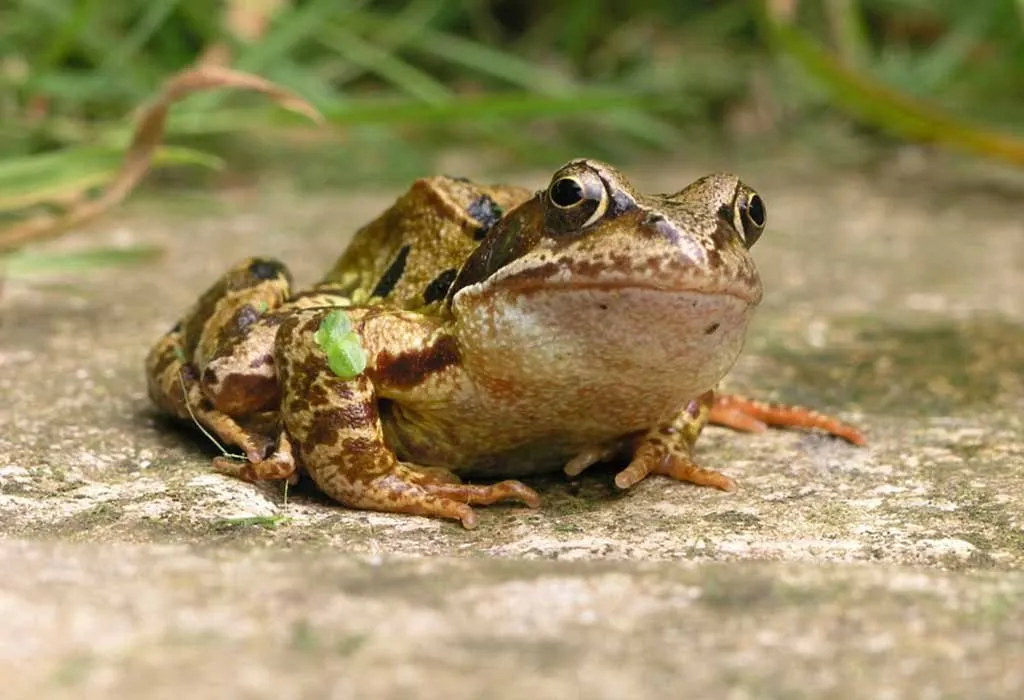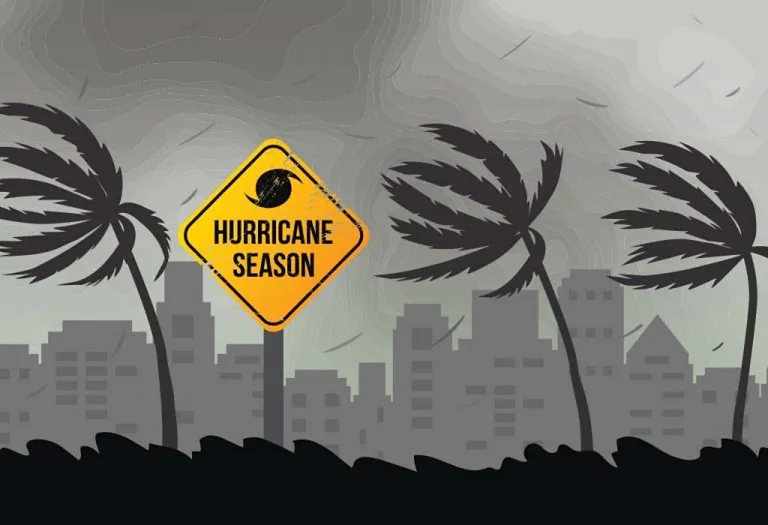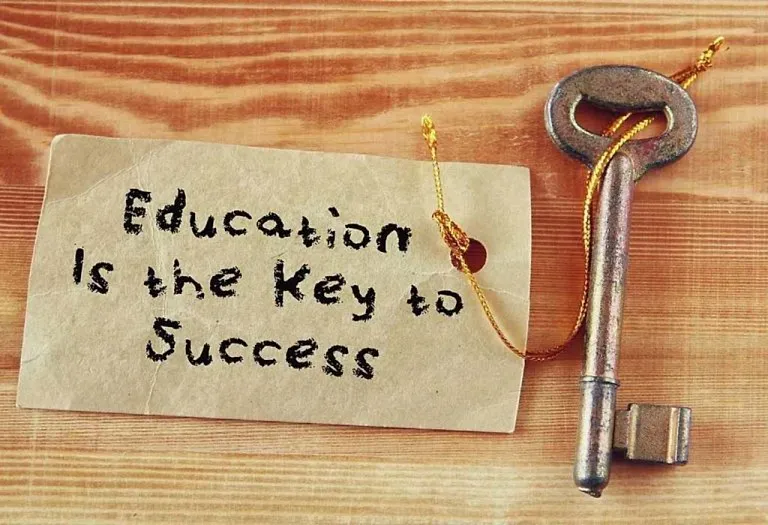The Frog Life Cycle: A Guide for Kids
All animals start as babies and grow older to become adults. As they grow, some animals will change their form until they reach their final adult stage. This is called the life cycle of an animal. A life cycle includes all the changes that an animal goes through during its entire life. Humans are mammals, which start as babies and grow bigger and bigger until they become adults.
Frogs are amphibians. This means that they can live both on land and on water. Amphibians, like frogs, have interesting stages in their life cycle. They remarkably change their shape and form as they grow, until they reach the final stage. This process is called metamorphosis and it simply means changing from one stage or form to another (1). This article explains the life cycle of a frog for kids in a simple and fun way.
Let’s look at the different stages in a frog’s life cycle.
The Different Phases of a Frog’s Life Cycle (Metamorphosis) for Children
All frogs have four stages in their life cycle, and they look different at each stage. A frog lives in water for the first three stages of its life cycle. It can only hop out of the water towards the final stage. Here are the four main frog metamorphosis stages (2).
Stage 1 – Egg
- The first phase in the life cycle of a frog is the egg.
- The female frog lays eggs near or in the water.
- The female frog can lay up to 4000 eggs at a time.
- All the eggs stick together and look like a cluster.
- These eggs float on water and are called frogspawn or jelly mass.
- The fertilised eggs are covered in a jelly like pouch.
- The jelly protects the eggs inside from being eaten by other animals.
- Each egg has a black dot. These black dots are cells that will become frogs.
- Eggs will hatch in 1 to 3 weeks and become tadpoles.
Stage 2 – Tadpole
- The tadpole is the second phase in the life cycle of the frog.
- Tadpoles are tiny and look like fish. They have tails like fish too!
- They swim in the water using their tails and breathe underwater using gills.
- Tadpoles eat small water plants and algae in the water.
- In the beginning, tadpoles don’t have any legs and only have a long body like a fish.
- As they grow, they get two small hind legs.
- They can now start to jump around a little in the water, instead of just swimming.
- Tadpoles also develop lungs to breathe as they grow. But they still have a tail!
- As tadpoles grow older, they develop front legs too.
- At this stage, they begin to look like frogs, but with a tail.
- This stage takes about 9 weeks.
Stage 3 – Froglet
- Once the tadpole has lungs and four legs, it can float over the water.
- It then becomes a froglet. This is the third phase in a frog’s life cycle.
- The froglet can breathe out of water using its lungs.
- It gets all its nutrients from its tail.
- It does not have to eat anything while it has a tail.
- The tail grows shorter and shorter as the froglet grows and only a tiny stub remains.
- Now, the froglet can jump out of the water for the very first time.
- It looks a lot more like a young frog now.
Stage 4 – Adult Frog
In the fourth and final phase of a frog’s life cycle, it finally becomes an adult frog.
- The tail disappears into the body completely and it looks like a fully-grown frog now.
- The young frog takes about 2 to 4 weeks to become an adult.
- Once it’s an adult, the frog will have to find food to eat.
- It begins to eat insects instead of water plants and algae.
Once the frog goes through all the stages of its life cycle, the cycle repeats again. The adult frog lays eggs that will go through all the stages listed above.
Frog Life Cycle Facts
Frogs have an interesting life cycle that shows how they grow and change. Here are some cool facts about the frog life cycle for kids!
- A female frog can lay thousands of eggs in one go, sometimes up to 4,000 (3)!
- It usually takes about three to four months for a frog to grow from an egg into a full adult.
- Frogs have lived on Earth for millions of years, even during the time of dinosaurs (4)!
- The biggest frog species, known as the Goliath frog, can reach the size of a small cat (5)!
- Frogs don’t drink water like we do; instead, they soak it up through their skin (6).
FAQs
1. Why are frogs important for the environment?
Frogs help control insect populations by eating bugs, and they are a sign of a healthy environment because they are sensitive to pollution (7).
2. How do frogs protect themselves from danger?
Frogs use camouflage to blend into their surroundings, jump quickly to escape predators, and some even produce toxins to stay safe.
3. Can frogs live both in water and on land?
Yes! Frogs live in water during their early life and as adults, they usually live on land but stay close to water to keep their skin moist.
Teaching kids about the frog’s life cycle in preschool can be a great way to build their interest in the animal kingdom and the natural cycle of life. This article gives a simple breakdown of the elaborate process of life stages of a frog to help young children grasp the concept of life cycles efficiently.
References/Resources:
1. Encyclopedia Britannica – metamorphosis
2. Western Oregon University – Frog Life Cycle
3. Encyclopedia Britannica – frog
4. American Museum of Natural History – Frog Fun Facts
5. San Diego Zoo Wildlife Alliance – Goliath Frog
6. The Burke Museum – All About Frogs
7. National Institute of Environmental Health Sciences – Frog Deformities
Also Read:
Life Cycle of Butterfly for Kids
Facts about Spider for Children
Interesting Mosquito Facts for Kids
Wolves Facts and Information for Kids
Was This Article Helpful?
Parenting is a huge responsibility, for you as a caregiver, but also for us as a parenting content platform. We understand that and take our responsibility of creating credible content seriously. FirstCry Parenting articles are written and published only after extensive research using factually sound references to deliver quality content that is accurate, validated by experts, and completely reliable. To understand how we go about creating content that is credible, read our editorial policy here.





